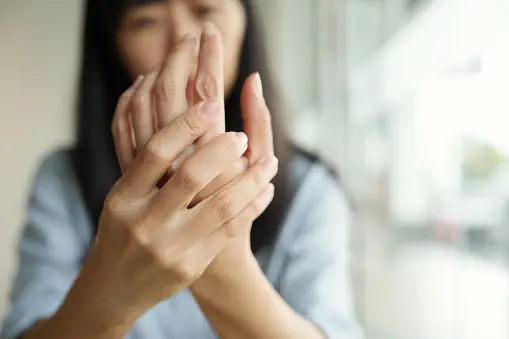Pain and Healing: The Role of Art in the Recovery Process

Introduction:
Everybody experiences pain, which can seem cognitively, emotionally, or physically. Pain may be crippling, whether it is caused by a physical injury, emotional trauma, or mental distress. But in the middle of the darkness of sorrow, art has shown itself to be a potent means of recovery and healing. This essay will examine the significant contribution that art makes to the process of recovering from any kind of pain—either psychological, emotional, or physical.
Understanding Pain:
It’s important to comprehend the nature of pain before exploring the therapeutic benefits of art. Acute or chronic, transient or ongoing pain are all possible. Numerous things, such as trauma, disease, grief, stress, or injury, can cause it. No matter where it comes from, pain has a significant effect on a person’s physical and mental health as well as their general quality of life.
The Experience of Pain:
Pain is an emotional and psychological experience in addition to a bodily one. It may cause you to feel afraid, angry, depressed, or hopeless. It can interfere with everyday tasks, cause movement issues, and disturb sleep. In addition, melancholy, anxiety, and other mental health problems can result from chronic pain, which exacerbates the sufferer’s misery.
Traditional Approaches to Pain Management:
Pharmacological therapies, such as opioids, anti-inflammatory medications, and painkillers, have historically been the mainstay of pain management. Although these therapies can offer short-term respite, they frequently have adverse consequences and increase the chance of addiction or dependence. Furthermore, they might not give long-term healing solutions or treat the underlying causes of pain.
The Healing Power of Art:
In recent times, there has been an increasing awareness of the healing power of art. In particular, art therapy has grown in favor as an adjunctive pain management and rehabilitation strategy. People can discover new ways to cope with pain, gain insight into their experiences, and explore and manage their emotions through artistic expression.
Expressive Arts Therapy:
Visual arts, music, dance, theater, and writing are just a few of the creative modalities that are included in expressive arts therapy. People can connect with their inner selves, unleash their creativity, and access their inner resources through these mediums. Furthermore, the act of making art itself has the potential to be therapeutic by giving one a feeling of empowerment, achievement, and purpose.
Visual Arts:
Through visual arts like painting, sketching, and sculpting, people can visually express themselves and externalize their inner feelings. They are able to express their feelings, ideas, and recollections in concrete form through color, form, and texture. Furthermore, making art may be a cathartic and contemplative process that offers solace from sorrow.
Music Therapy:
Music possesses a special power to arouse feelings, calm the spirit, and cut through linguistic barriers. Utilizing music’s therapeutic properties, music therapy helps people relax, cope with stress, and manage discomfort. People who listen, sing, play an instrument, or compose music can find peace and solace in the beat and melody of music.
Dance/Movement Therapy:
This kind of treatment helps people express themselves via gesture, dance, and expression. They can let go of tension, let go of stored emotions, and reestablish a connection with their body by moving in a rhythmic and expressive manner. In addition, dance therapy promotes feelings of community, belonging, and connection—all of which are critical for healing and rehabilitation.
Drama Therapy:
Drama therapy explores and processes emotions, experiences, and conflicts via role-playing, improvisation, and storytelling. People can learn new ways of interacting to themselves and others, as well as gain insight into their ideas, feelings, and behaviors, through dramatic enactment. Drama therapy also fosters self-expression, creativity, and spontaneity—all of which are essential for recovery and development.
Writing Therapy:
Also known as bibliotherapy, writing therapy uses the therapeutic potential of writing to encourage introspection, self-expression, and self-awareness. People can express their ideas, emotions, and experiences in writing, whether through journaling, poetry, fiction, or memoir. Additionally, writing therapy can be a cathartic process that helps people let go of suppressed feelings and see their suffering from a different angle.
Conclusion:
To sum up, art has shown to be a potent therapy for pain relief and rehabilitation. Through the creative process, people can find comfort, empowerment, and solace in various forms of art, including writing, dancing, music, theater, and visual arts. Additionally, art therapy addresses the psychological, emotional, and physical aspects of pain, providing a comprehensive approach to pain management. People can go on a journey of self-discovery, transformation, and rejuvenation by utilizing the healing power of art.








